Bolivia: ToroToro National Park & Cochabamba
Publicēts: 07.11.2018
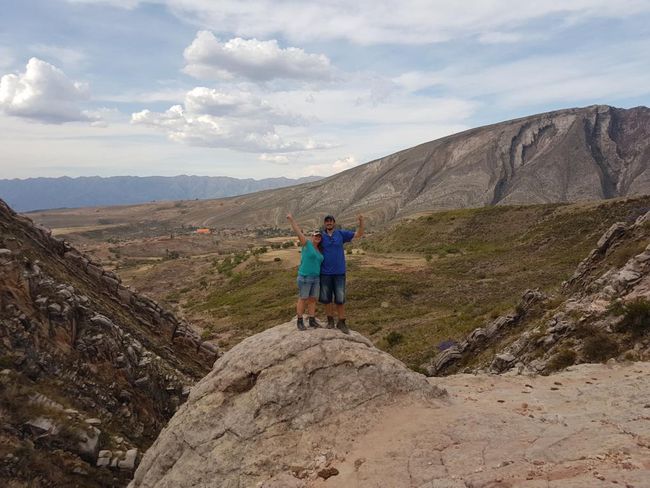
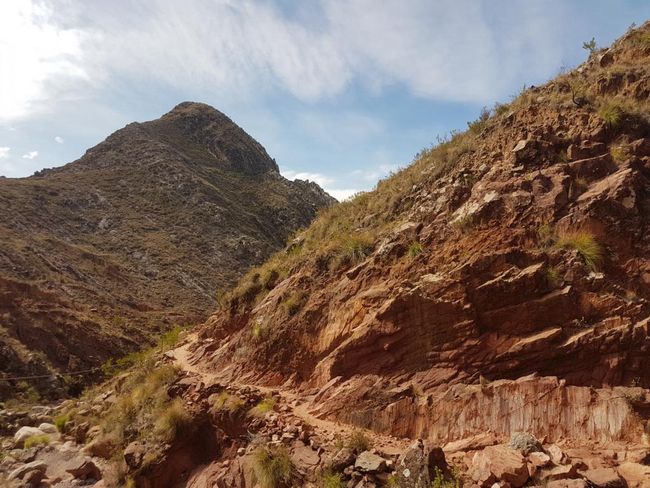
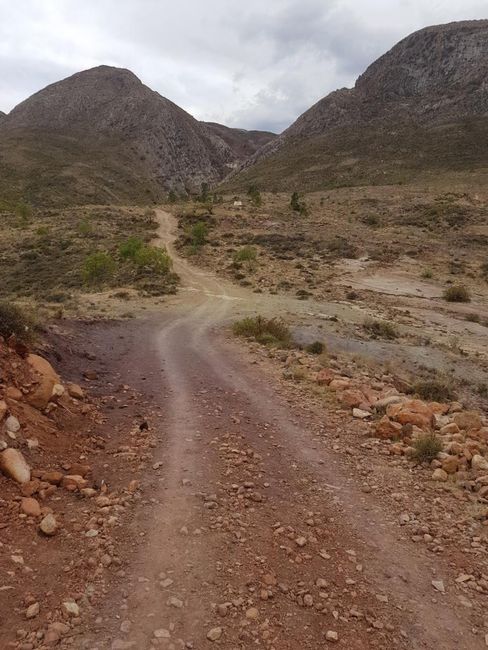
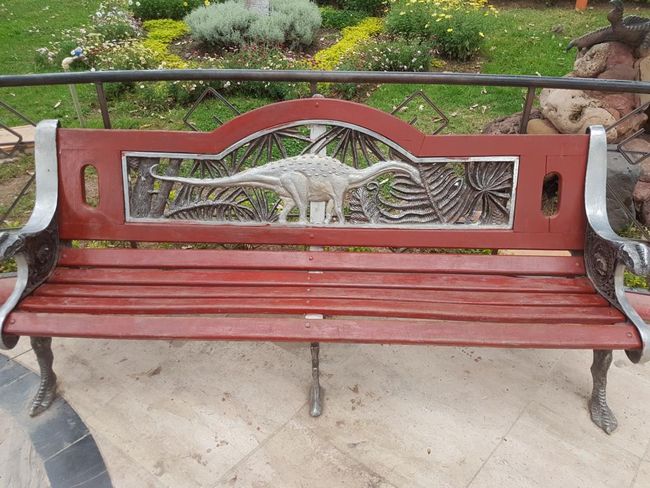
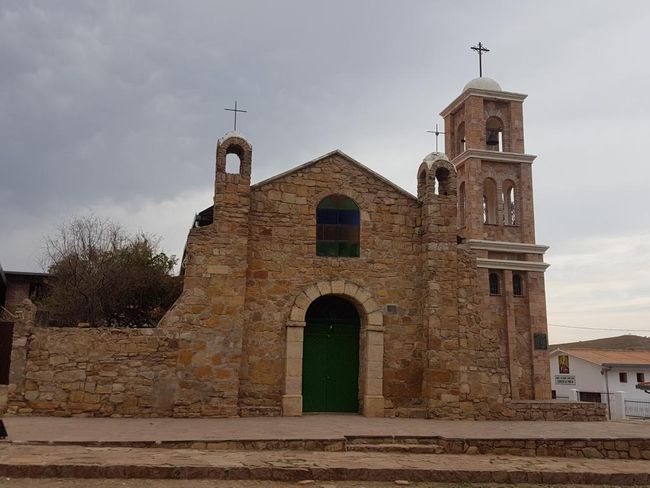
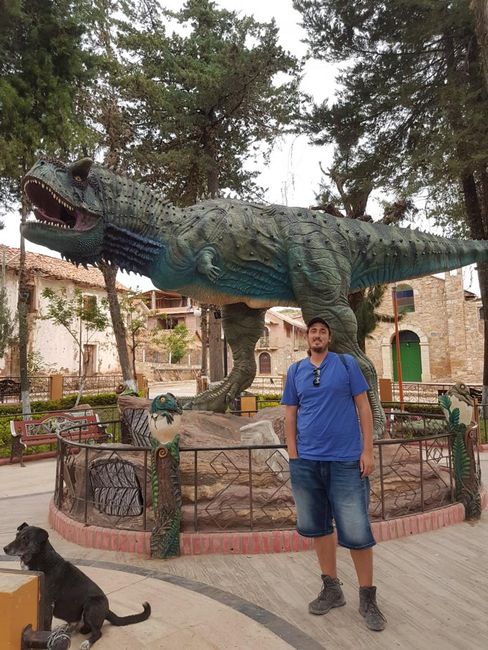
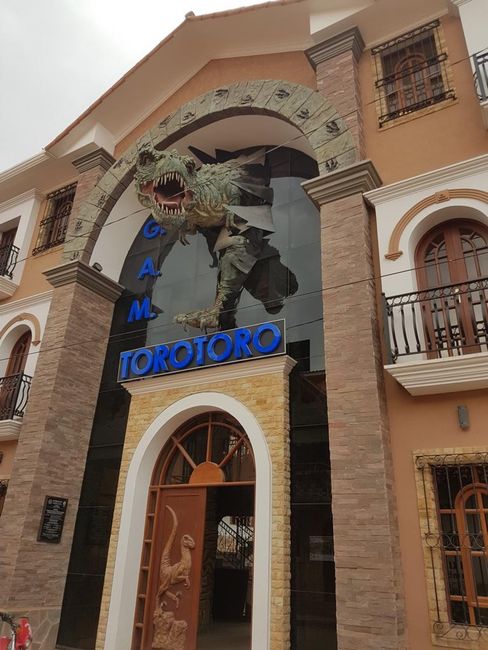
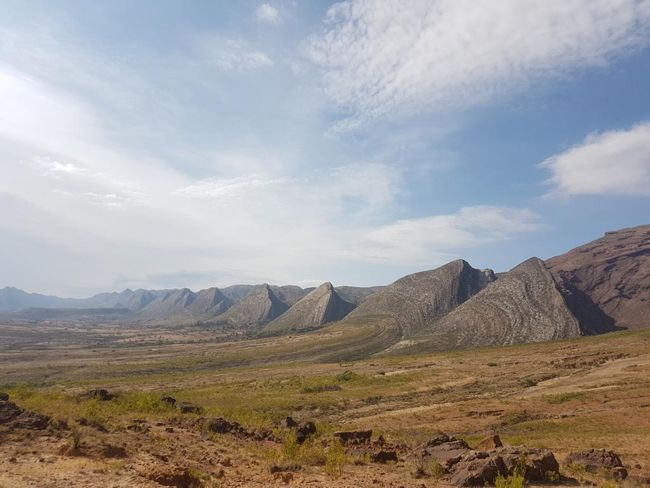
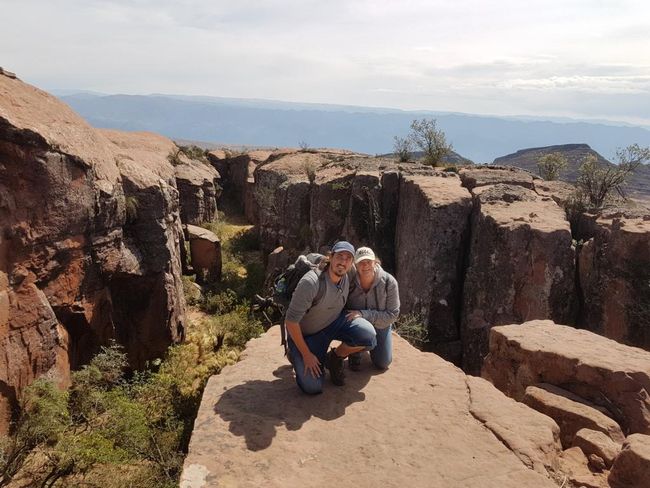
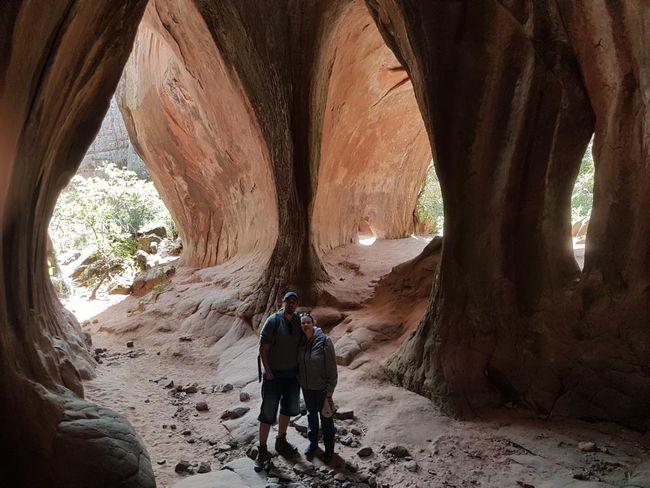
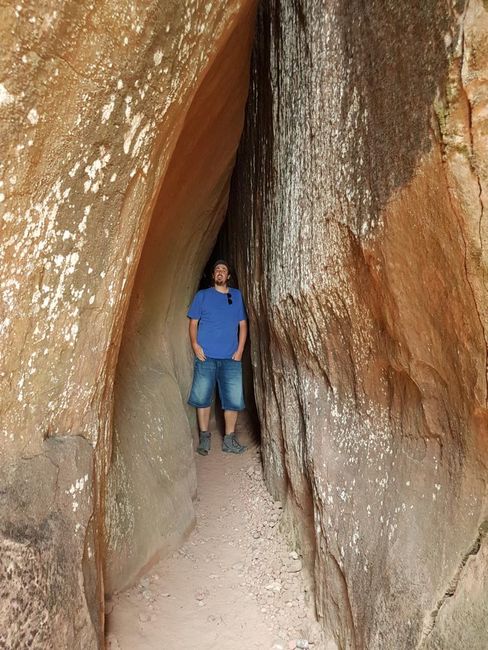
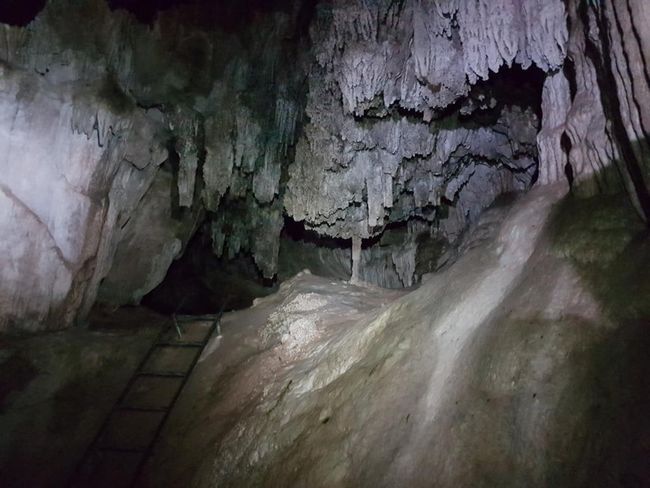
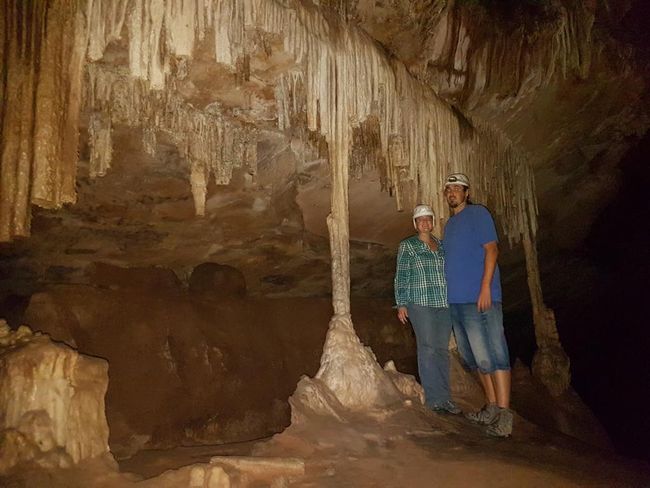
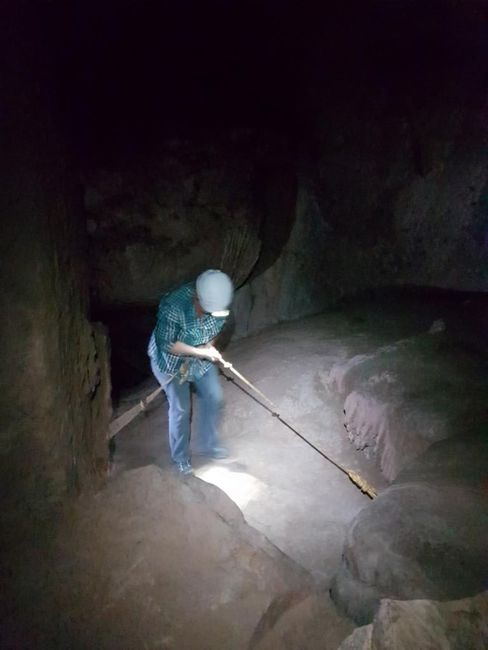
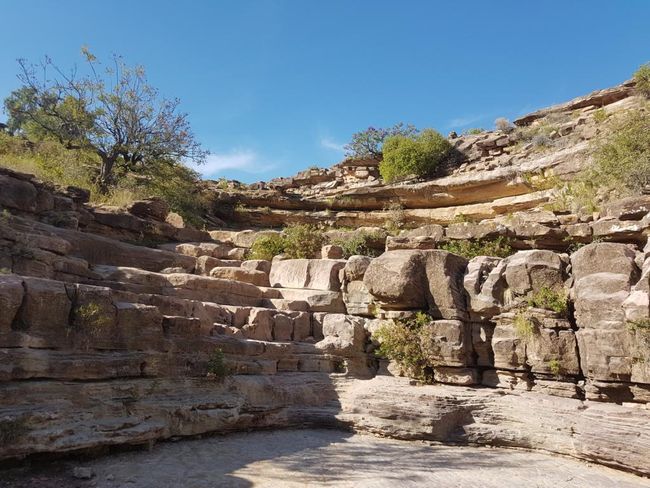
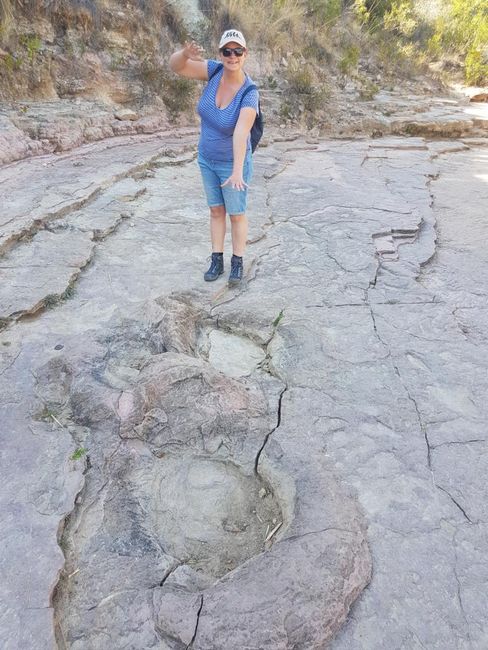
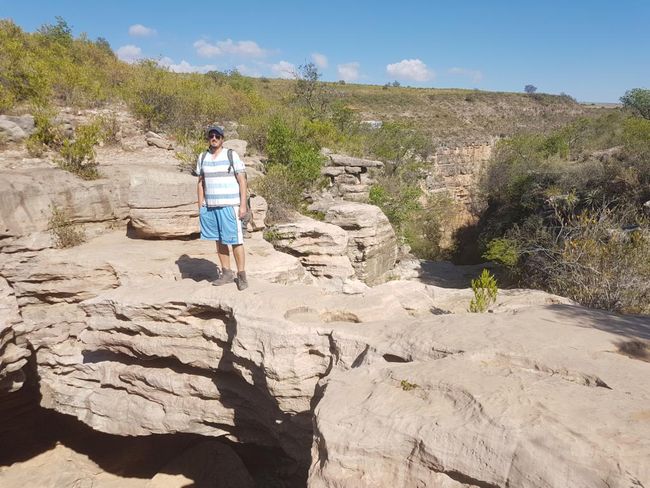
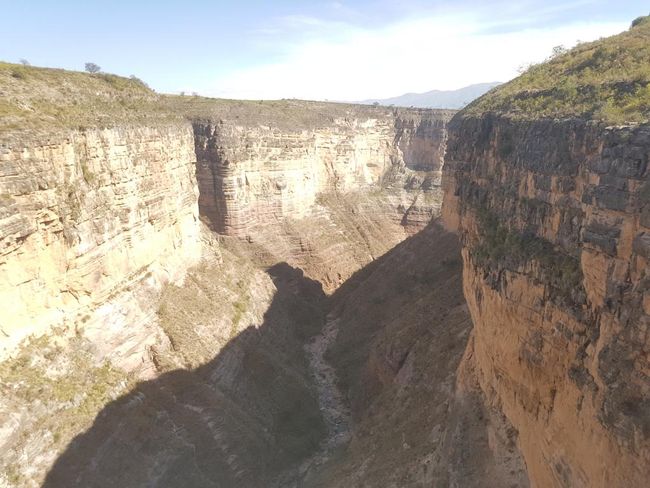
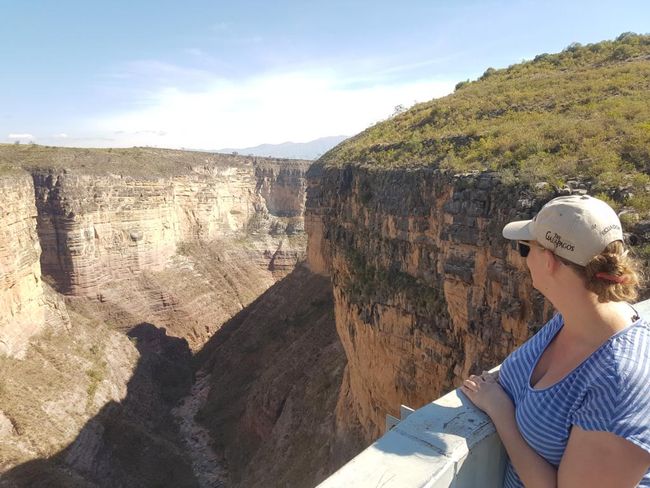
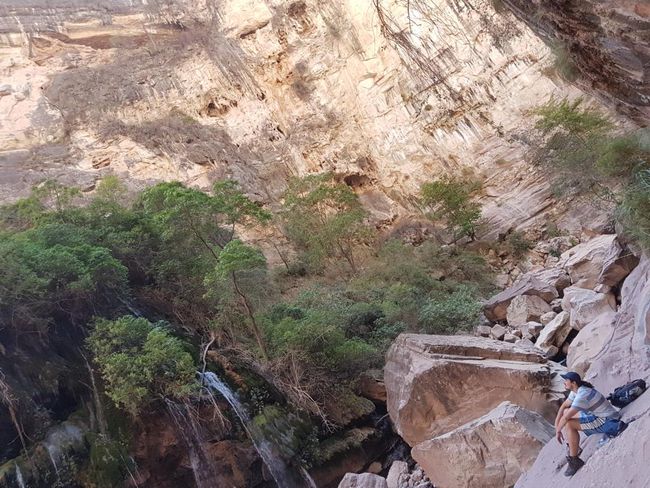
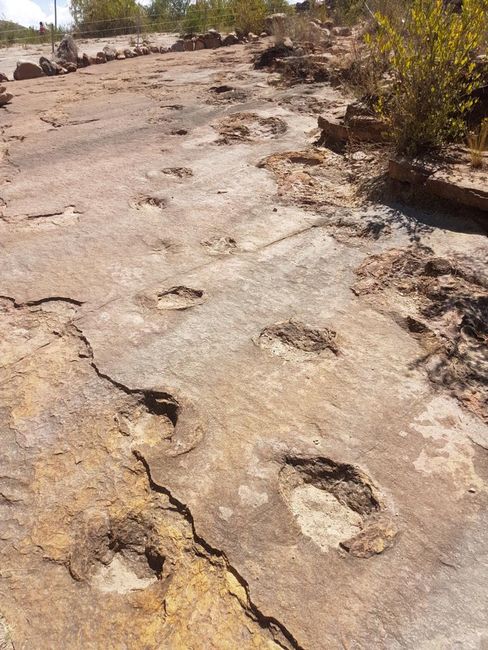
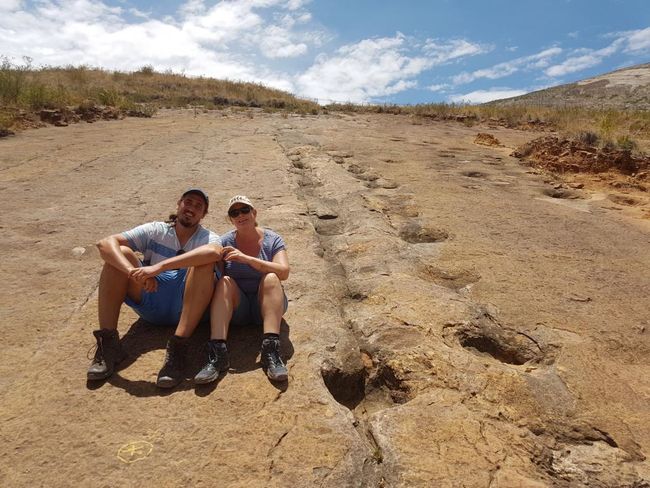
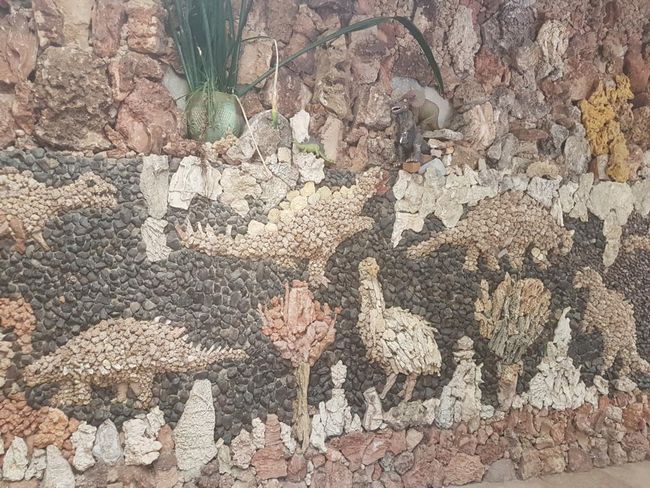
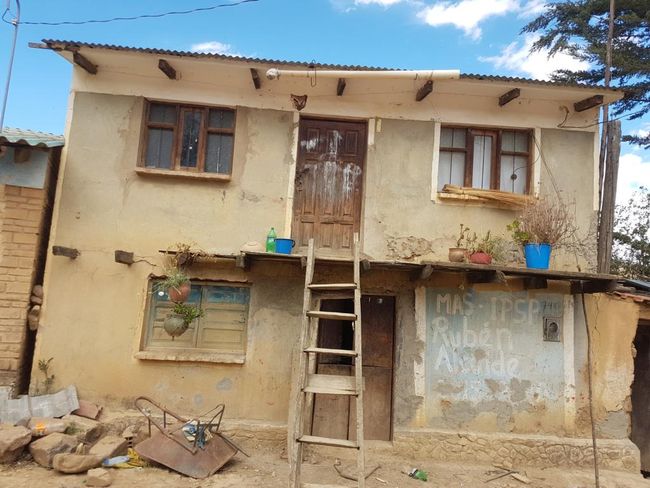
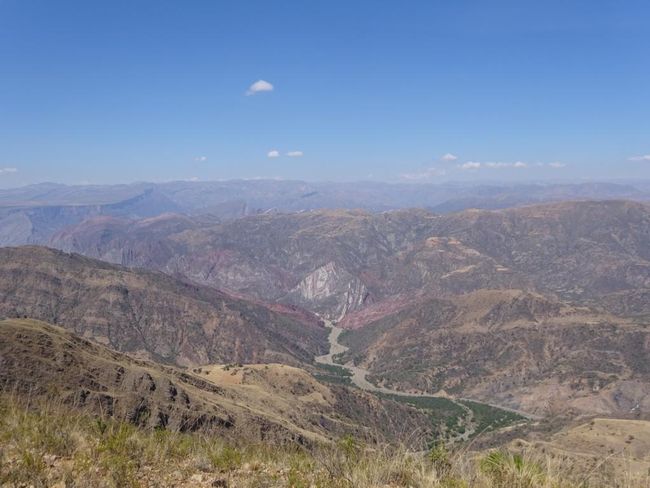
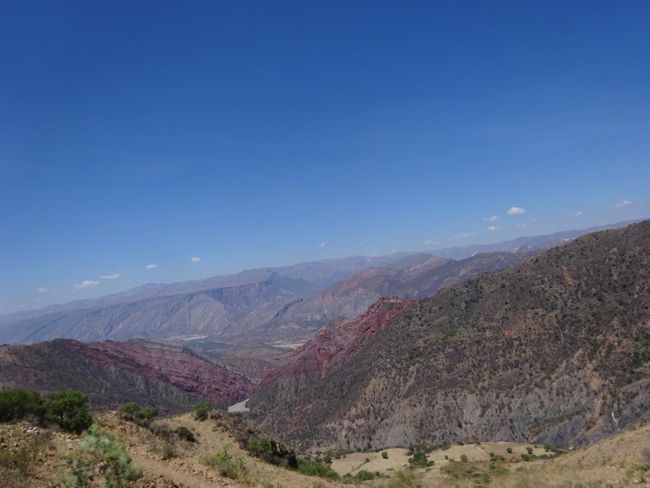

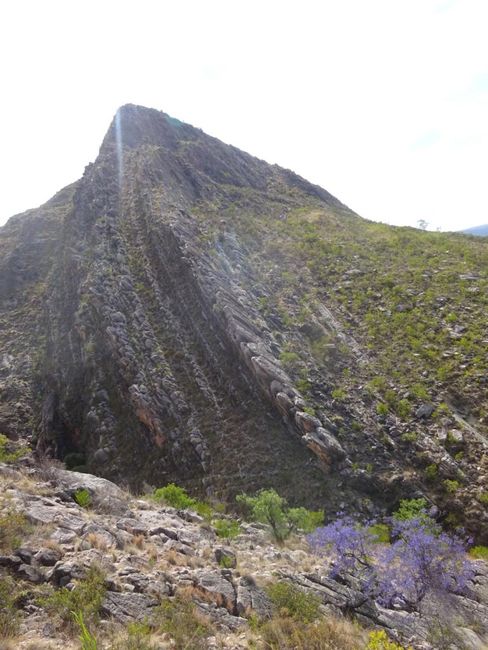
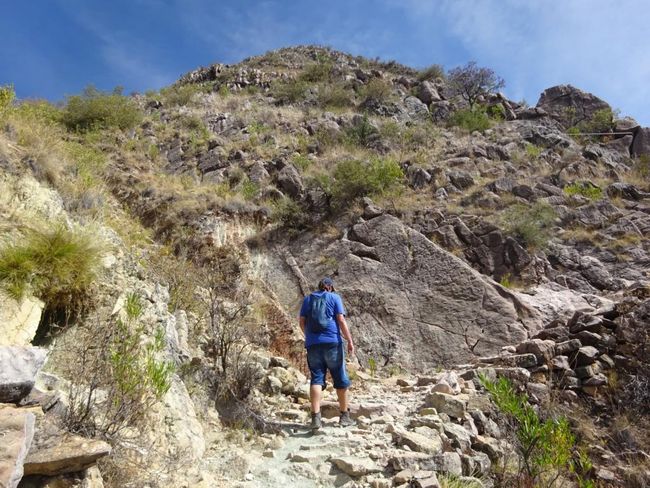
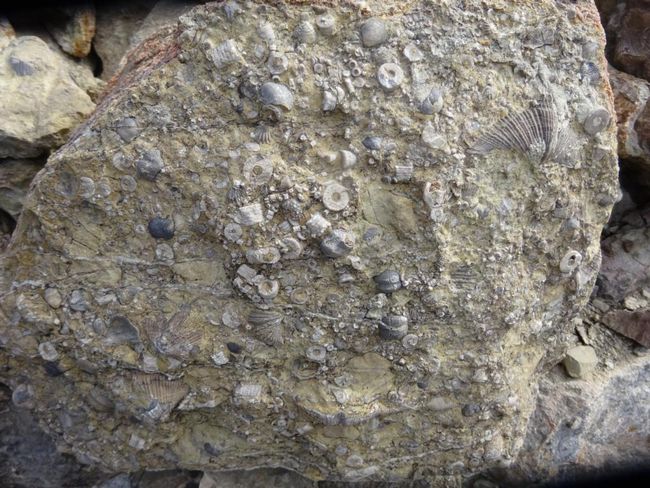
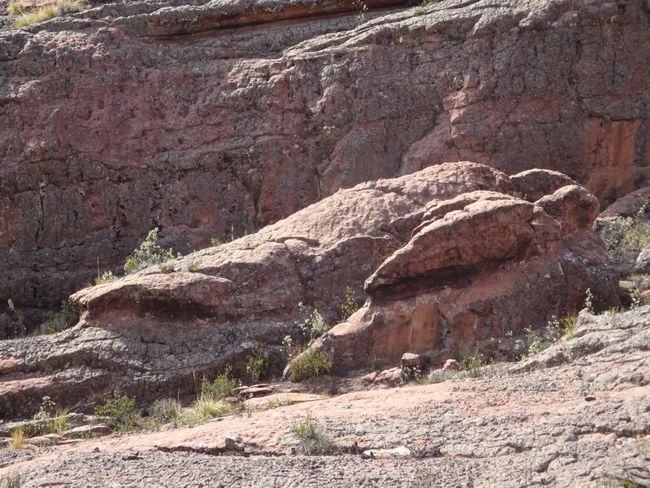
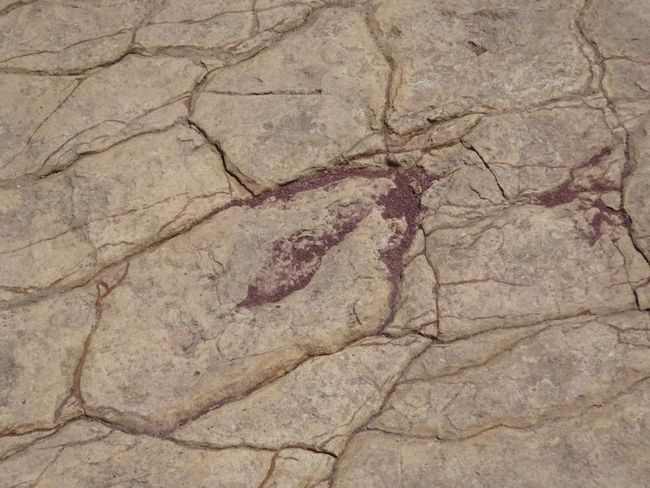
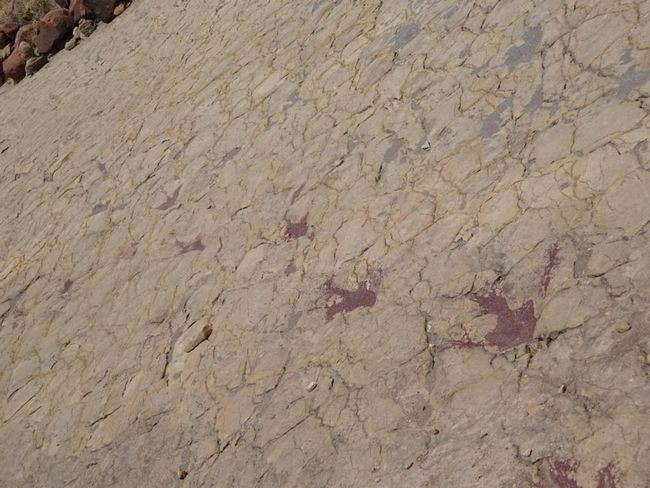
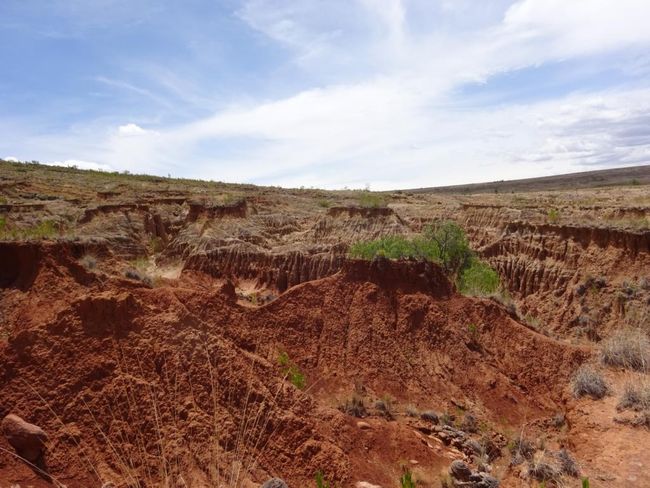
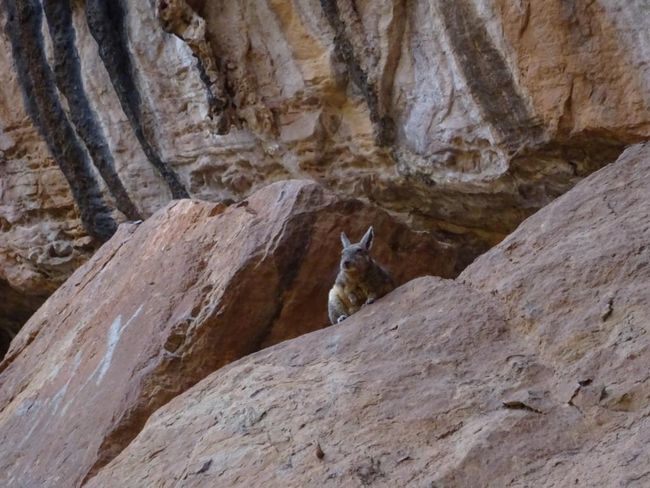
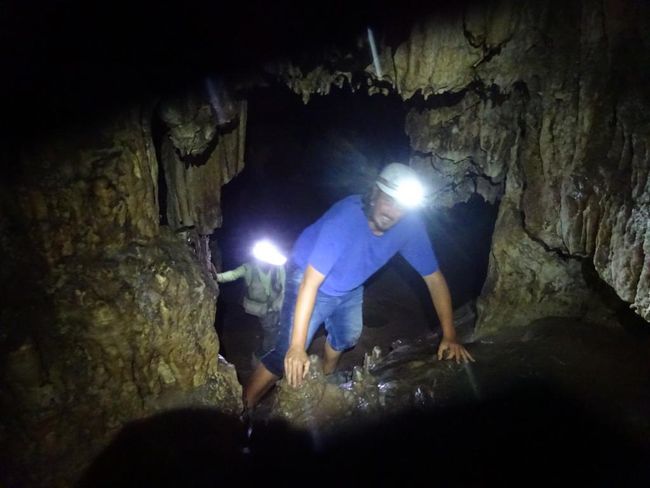
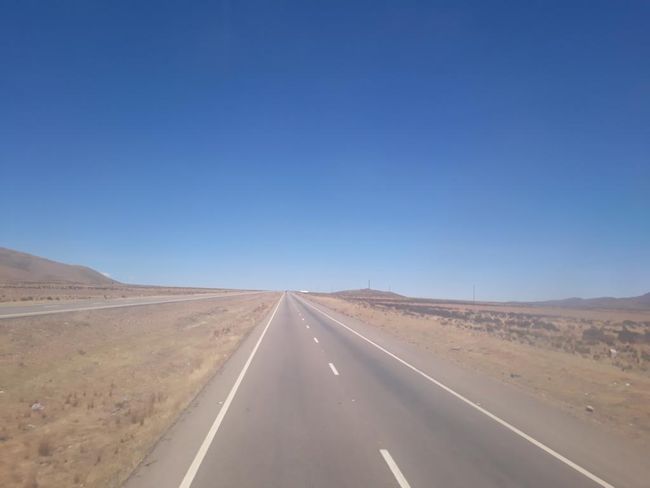
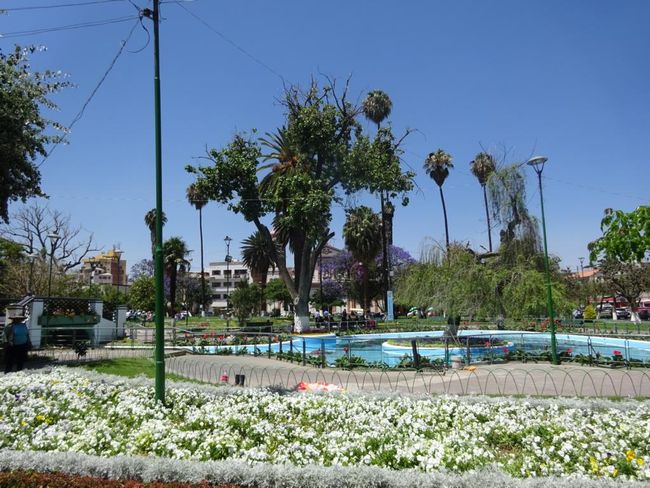
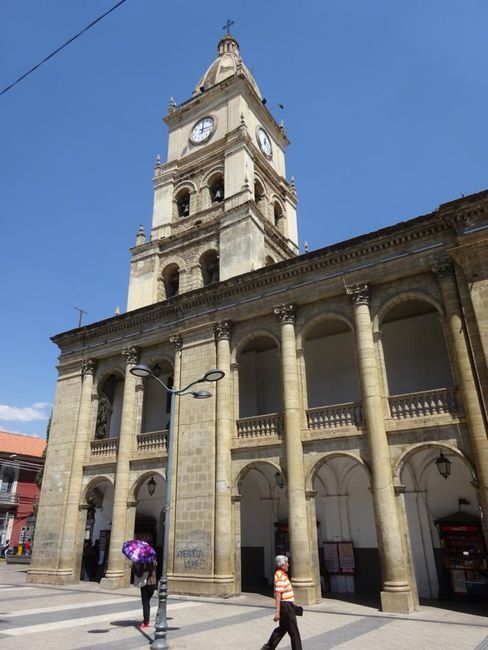
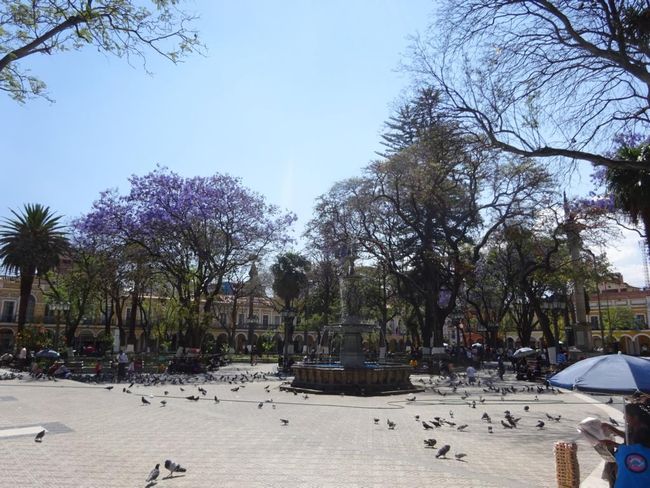
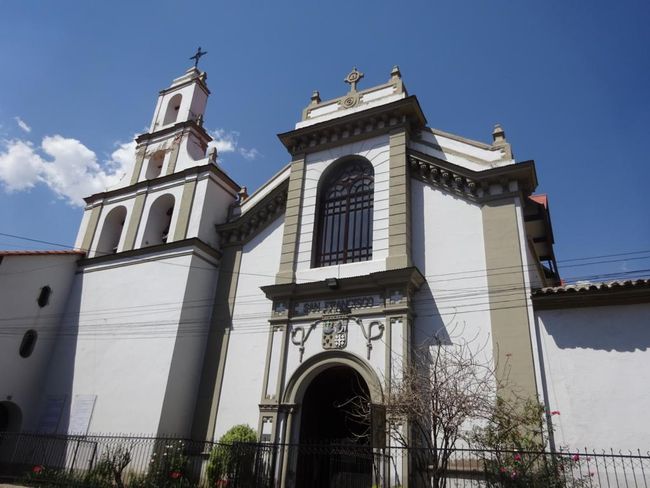
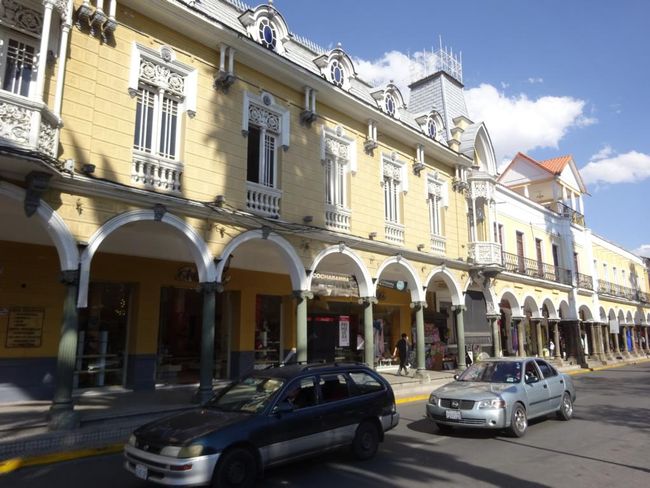
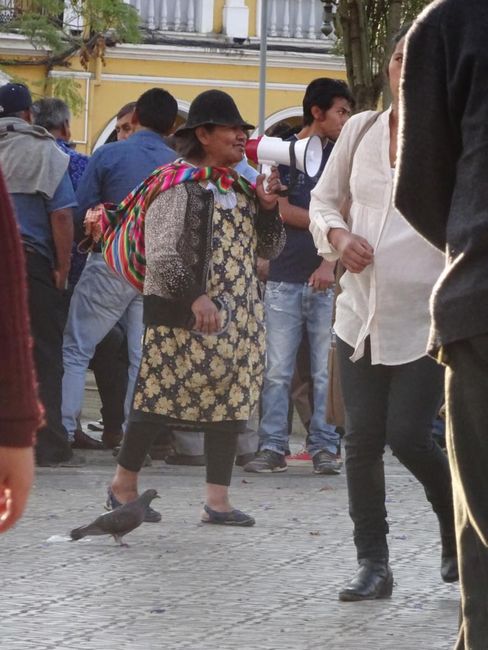
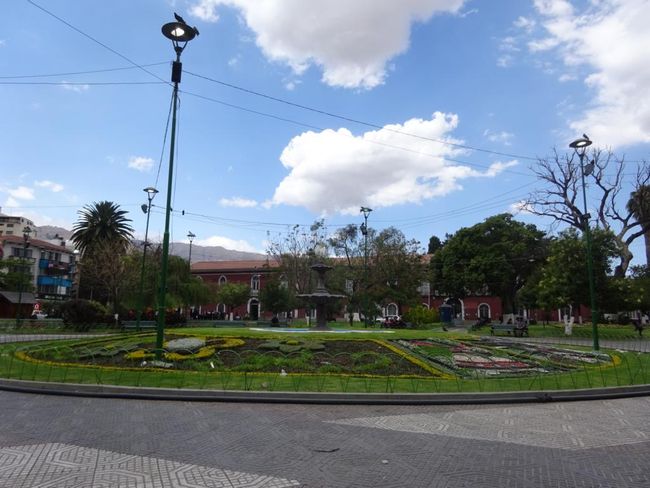
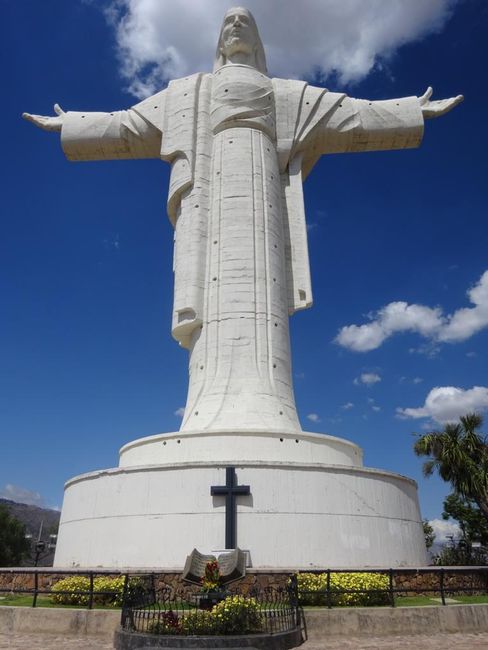
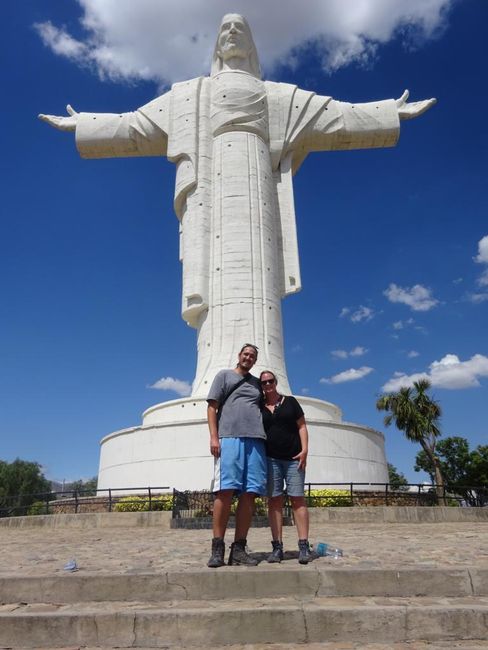
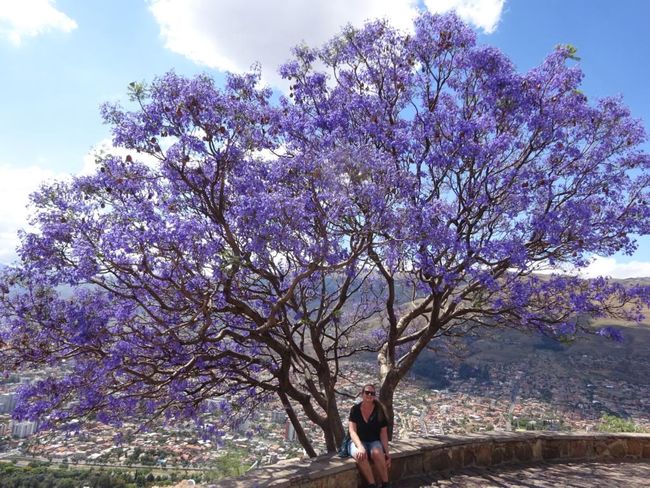
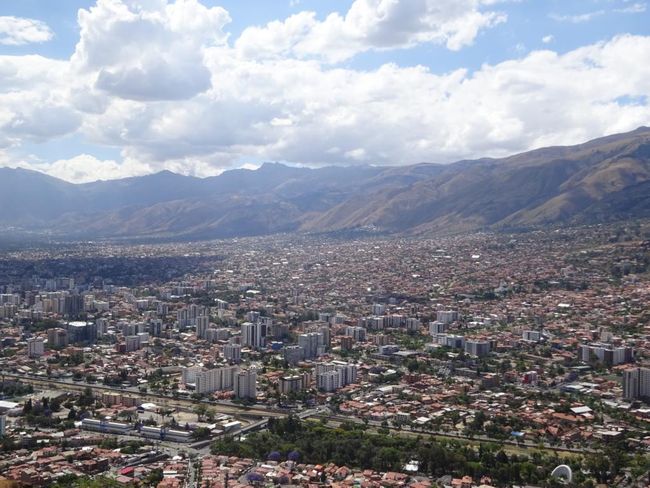
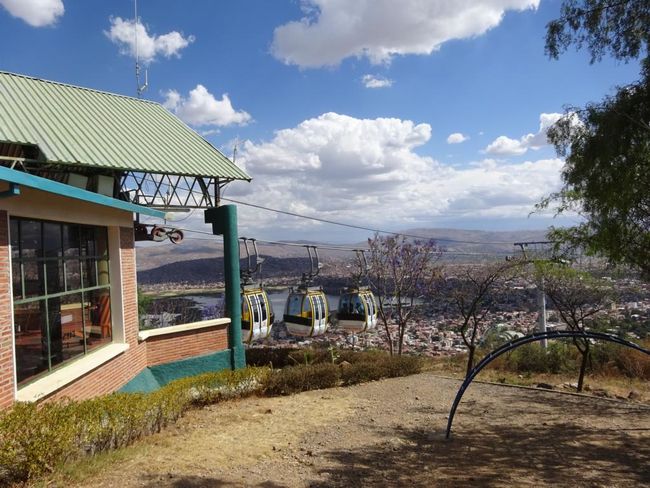
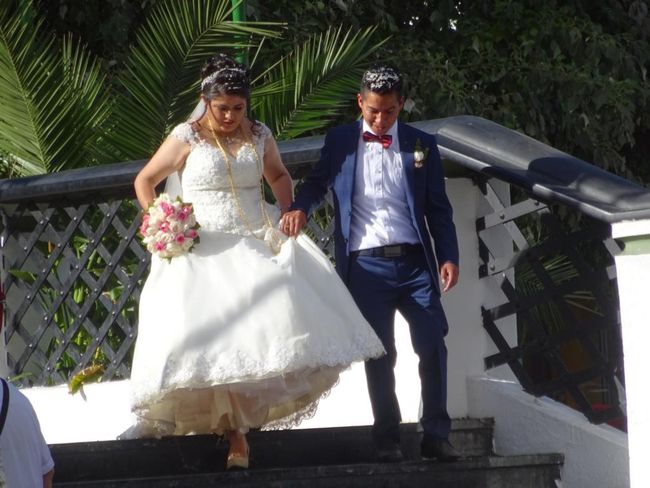
Abonējiet biļetenu
It was a long bus ride from La Paz to Cochabamba, during which we had the opportunity to admire Bolivia's highly acclaimed landscape. And.... well.... the landscape is not that special. At least not in this part of Bolivia. The Altiplano is high and flat... and that's it. There is hardly any vegetation, no trees, nada. Just brown, flat wasteland as far as the eye can see. Occasionally, you come across a small town in the middle of nowhere, and that's the only action you'll get along the way.
We finally arrived in Cochabamba and I must say, it is a lovely little town. There isn't much to do here, but there are plenty of green spaces and parks where you can spend a day. Especially because there are always weird characters hanging out in these parks, which makes the whole thing more entertaining. In this case, it was a preacher who passionately and loudly read Bible psalms for hours and gave interpretations, listing all the bad things in the world, famines, epidemics, even World War II, and sometimes the sad situation in Venezuela, until a Venezuelan woman stood up and loudly voiced her opinion. We could hardly contain our laughter. On the other side of the park, just 30m away, an old lady was spouting other wisdom through a megaphone, which we unfortunately couldn't understand. Every now and then, bridal couples pass by to take their wedding photos, amidst the hustle and bustle and all the people. That's how it goes in the parks in Latin America in the afternoons. The other people sit there, listening to the events, staring into space or feeding pigeons. What else is there to do....
The highlight of the city is undoubtedly the Cristo de la Concordia, a huge Christ statue on a mountain next to the city, which is considered the second largest Christ statue in the world and is even bigger than its counterpart in Rio de Janeiro. Another notable difference from the more famous Christ in Brazil is the significantly lower number of visitors, which makes the trip here particularly enjoyable. You can actually take photos here without stepping on someone's toes or having a hundred other people in the picture. In fact, most of the people you meet here are locals. The view of Cochabamba from up here is also very beautiful. You can reach the mountain by a small cable car.
But we actually came to the city to book a tour to ToroToro National Park, and that's what we did. We could have also come to the remote town of Torotoro on our own, but we definitely didn't feel like taking a bumpy 7-hour bus ride in a collective minibus, which is why we opted for a guided tour. This made the whole thing a bit more expensive, but we really enjoyed being driven around for a change, being told what, when, how and where by the guide, and not having to organize anything. And by the time we met other travelers in Torotoro who told us about their 7-hour bumpy ride and had to walk back to the village for hours in the blazing midday sun after already exhausting hikes in the canyon, while our pickup with air conditioning and a driver was waiting for us at the canyon's exit, we appreciated the comforts of the tour even more.
The tour lasted 3 days and 2 nights, which we spent in a simple but pleasant little hotel in Torotoro. Our driver (unfortunately forgot his name once again. Unfortunately, he was not very talkative, at first we even thought he didn't speak Spanish at all) picked us up early in the morning at our accommodation in Cochabamba, and we headed to Torotoro. The ride in the pickup truck only took about 4 hours and was quite pleasant. Along the way, we were amazed when we came across a small VW bus with Geneva license plates. We stopped to chat with our fellow countrymen and found out that it was a family with 2 small children who have been traveling in South America for 1.5 years. Unfortunately, our French is very rusty since we speak Spanish so intensively, so the whole conversation was somewhat awkward. But the encounter was still very amusing.
After we finally arrived in Torotoro, we had lunch at the hotel and then we were ready for the first tour. Our driver took us to the tourist office, where we had to register and hire a local guide who would accompany us on the tours in the national park. His name was Eusebio and he was a young guy, but he was also not very talkative and constantly ran ahead.
Our first tour took us to Cierro de las Siete Vueltas. The place is known for allegedly having large fossil deposits. But in the end, we hiked steeply uphill for about 1.5 hours to see some fossilized shells. So the whole thing was a lot less impressive than expected. Still, it is fascinating to find such fossils here at this altitude. This area was underwater ages ago, and the sediments with their fossils were pushed up by the pressure of the tectonic plates during the formation of the Andes.
The next morning, we went to Ciudad de Itas, which is located quite a distance from Torotoro. It is a rather large complex with many rock formations and some impressive caves carved into the rock, resembling a city. Offerings were made in the caves, and one even served as a cathedral where the Incas held wedding ceremonies. There were also some small cave paintings to see.
In the afternoon, we went to Caverna Umajalanta, and that was another adventure where I asked myself: Why the hell do we always do this kind of stuff? Before entering the cave, our guide casually asked if we had claustrophobia. Well, that's a question that comes to mind quite early, my friend. At that time, in my boundless naivety, I still thought we would just walk a little on a nicely prepared path through the cave. Haha. In reality, we only advanced about 300m into the cave, but the "path" was quite challenging for the inexperienced. We had to climb over rocks, slide down natural stone slides, cling to ropes, balance on slippery rocks along steep cliffs, squeeze through narrow crevices (where I still wonder how Jörg got through), or even rappel down a few meters. And all of this, of course, without any safety measures. At most, there was a rope attached to the wall to hold onto. There was even a small step ladder at one point, which was also more than questionable in terms of its attachment to the wall. And of course, we had helmets, but that was probably the only safety measure in the past 20 years. Our guide showed us exactly how to overcome each obstacle, but at times I was really afraid of the potential danger, as I often have during this trip and I imagined the Suva official inspecting the scene once again. But there was no turning back, you walk in a circle in the cave and don't go back the same way. So, all the "assistance" with the obstacles is only designed for a "one-way trip". The only way was forward, so we had to go through with it.
When I asked the guide about the emergency plan, for example, what would happen if someone broke a leg in here, he casually said that it would be no problem, they would simply carry the injured person out. Uh-huh. Yes, exactly, I would love to see how they would carry Jörg out of this cave.
I mean, you can do it, for young, fit, sporty adventurers, it's certainly no problem, we did it too, but it would still be a good idea to inform people about it when booking the tour. We weren't even told to wear good shoes. "Do you have claustrophobia?" just before entering the cave is definitely not an adequate safety briefing.
The cave itself was nice, but I have definitely seen more impressive ones. Unfortunately, many of the stalactites and stalagmites had been sawed off by locals before the area became a national park and was protected. We even reached an underground lake where fish live in absolute darkness.
Despite everything, I enjoyed the trip to the cave in retrospect, although I cursed myself for my stupid ideas during it. It was once again a bit of thrill, which is good to have on such a long journey to add some variety.
The next morning, we went to the Vergel Canyon. After enjoying the truly wonderful view from the Mirador, we had to climb down hundreds of stairs into the gorge. Once down there, we hiked through the canyon for a while to a moderately impressive waterfall, where we could have gone swimming. But we decided not to, given the freezing coldness of the water. Then we had to climb the same hundreds of stairs back up, which was the rather unpleasant part of the program.
On the way back, we finally came to the highlight in Torotoro, the reason why we actually came here: Torotoro National Park is called "The Land of the Dinosaurs" because you can see fossilized dinosaur tracks here. Fossils of the giant prehistoric creatures were also found here, but they were taken out of the country and are now on display in museums abroad. In Torotoro, only a few fossilized bone fragments have remained.
You can see tracks from various dinosaur species, both herbivorous and carnivorous. The tracks were formed when the dinosaurs walked on the wet, sandy ground after longer periods of rain. At that time, the intervals between rainy seasons were much longer, so a longer dry period followed the rain. During this time, the ground petrified into sandstone and was overlaid with additional sediments. Over time, several layers were formed, which were pushed upwards by the pressure of the continental plates during the formation of the Andes. The footprints can hardly be preserved, as the rock layers are gradually eroded due to weathering and erosion. The residents of Torotoro can only hope that tracks will also be revealed in the underlying layers. This is due to the fact that almost all residents make a living from tourism, working as guides, drivers, hotel or restaurant staff. Accordingly, everything in the town is geared towards dinosaurs, and several huge dinosaur figures are even set up in the small town park.
It is really impressive to stand next to these sometimes huge tracks and imagine exactly how these giant creatures marched through here millions of years ago.
Visiting the dinosaur tracks may not be a full-day program, but it was an interesting change after all the Inca ruins we have seen recently. And we have never seen dinosaur tracks before, so it was a first-time experience for us.
After another lunch at the hotel, we slowly made our way back to Cochabamba, which was quite pleasant thanks to our driver and his huge jeep, despite the bumpy road that they call a "street" here.
Abonējiet biļetenu
Atbilde

Ceļojumu pārskati Bolīvija

